In March 2020 when COVID 19 required us to step swiftly away from the office and work from home, many of us had difficulty adjusting from one work environment to another. Statistically, mental health cases increased, as did depression, anxiety and stress. Each of these a result of the inability to likely switch focus, patterns and habits from working in an office environment to a work from home environment. So, is returning to work after such an extended period something we’ve all been waiting for? Or isn’t it? Whether staff is working in the office, still working from home or a combination of the two, these are important questions to consider.
So how do we come back together after being apart for so long? Communication is the key. It’s like getting to know someone all over again who’s been away for a long time. Were you the person that preferred straight forward answers but now is taken aback by this forward approach? As a manager, are you asking yourself “how best do I want to communicate with my team and how best do I want them to communicate with me?” Do your employees feel there is a safe environment to communicate in and if so, do they feel comfortable communicating in it?
What is the next phase for returning to work post COVID? Perhaps we need to start with ourselves and ask what we have learned, what has changed during these months and what’s grown old? Our absenteeism from being around others has many of us rethinking our communication styles. In other words, do we prefer emails and text messages versus face to face interaction. Is it as simple as a communications adjustment? Have our work habits changed, are we suddenly experiencing personality clashes where we never did before, and are we willing to work through them? Do we have less tolerance for interruptions, loud conversations, trouble embracing in-person meetings again, as well as finding work-life balance?
Once staff has returned to the office environment, we recommend you create a safe environment to have these conversations. One suggestion for management is to utilize a tool such as the Myers – Briggs Type Indicator (MBTI). Since many of us are experiencing personality differences we didn’t necessarily experience before, MBTI can provide the “safe space” to work through these differences. MBTI is an introspective, self-report questionnaire indicating differing psychological preferences in how people perceive the world and make decisions. MBTI shows differences in the way individuals prefer to use their perception and judgment.
The goal of knowing about personalities is to understand personality types. Maybe it is time to understand and appreciate all the differences between each of us and not rush to judge others. Let’s all ease back into this together. One day and one personality at a time.
For more information on Training and Team Development options, contact Align at info@thealignteam.org. Let us schedule a Myers-Briggs Type Indicator session with your small business, nonprofit, organization or your industry today.
Cathy Drzal for The Align Team

